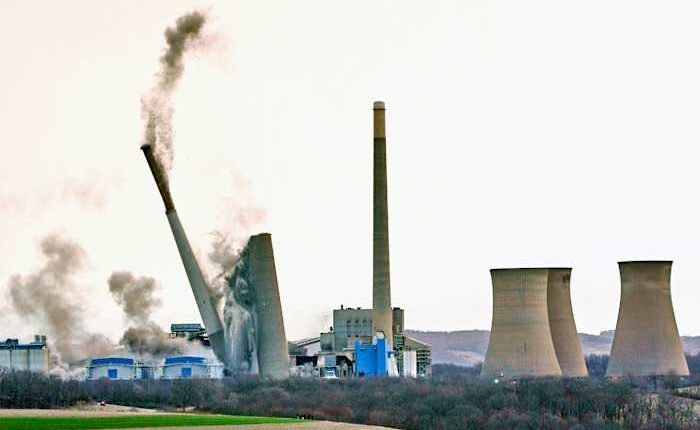
In Harrisburg, Pennsylvania, the previous owners of the state’s largest coal-fired power plant have announced plans to convert the facility into a cutting-edge natural gas-powered data center campus. This $10 billion project aims to cater to the increasing energy needs of major tech companies involved in artificial intelligence and cloud computing.
Located approximately 50 miles east of Pittsburgh, the now-retired Homer City Generating Station will be home to seven gas-fired turbines, generating up to 4.5 gigawatts of electricity to supply the on-site data centers. The investor group behind this initiative, known as Homer City Development, is spearheading this transformation.
That amount of electricity is enough to power about 3 million homes.
Anticipated to commence this year, the construction phase is projected for completion by 2027, with power generation expected to commence thereafter. The group has acknowledged that the total expenses for site preparation and data center construction might surpass the initial $10 billion budget, potentially requiring additional billions in investment.
Much of the critical infrastructure for the project is already in place from the shuttered Homer City power plant, including transmission lines connected to the mid-Atlantic and New York power grids, substations and water access, the group said.
The developers were awarded a $5 million state grant to extend a gas line to the property, which sits atop the prolific Marcellus Shale natural gas reservoir.
Last month, the group demolished the three cooling towers and four smokestacks still standing from the former coal plant. It shut down in 2023 after 54 years in operation.
The owners, Homer City Development, blamed competition with cheaper natural gas, unseasonably warm winters that demanded less power, the rising cost of coal and increasingly expensive environmental regulations.
The late 2022 debut of OpenAI’s ChatGPT — built with help from Microsoft’s data centers — ignited worldwide demand for chatbots and other generative AI products that typically require large amounts of computing power to train and operate.
That has sent Big Tech companies in search of new power sources, spurred interest in a new wave of nuclear reactors, revived interest in building new gas-fired plants and stoked concerns among states and federal regulators about electricity shortages.
It’s also prompted utilities to delay the retirements of aging power plants and to bring nuclear power plants out of retirement, including last year’s announcement that the shuttered Three Mile Island nuclear power plant will reopen under a 20-year agreement to feed Microsoft’s data centers.
___
Follow Marc Levy on X at: https://x.com/timelywriter.
Copyright 2025 The Associated Press. All rights reserved. This material may not be published, broadcast, rewritten or redistributed without permission.

















